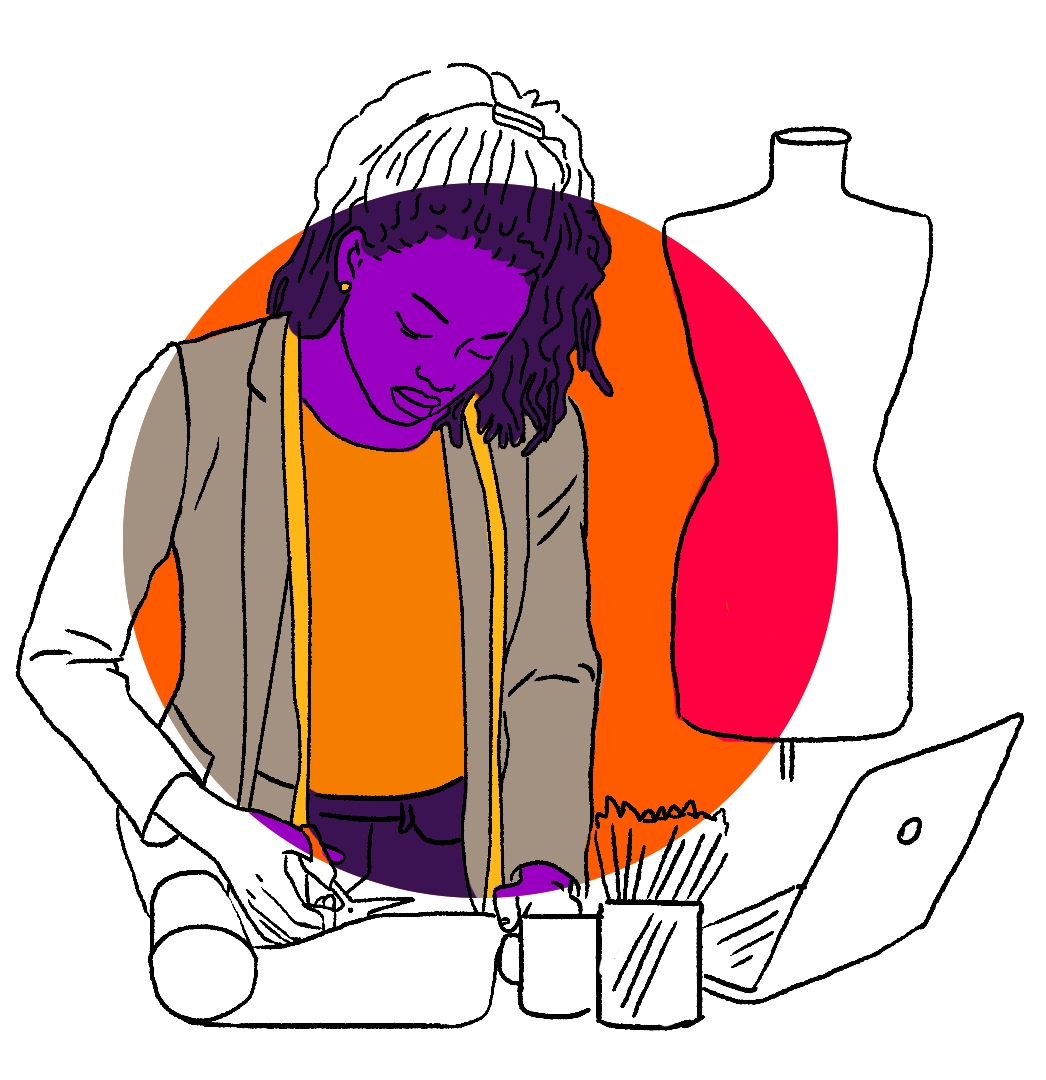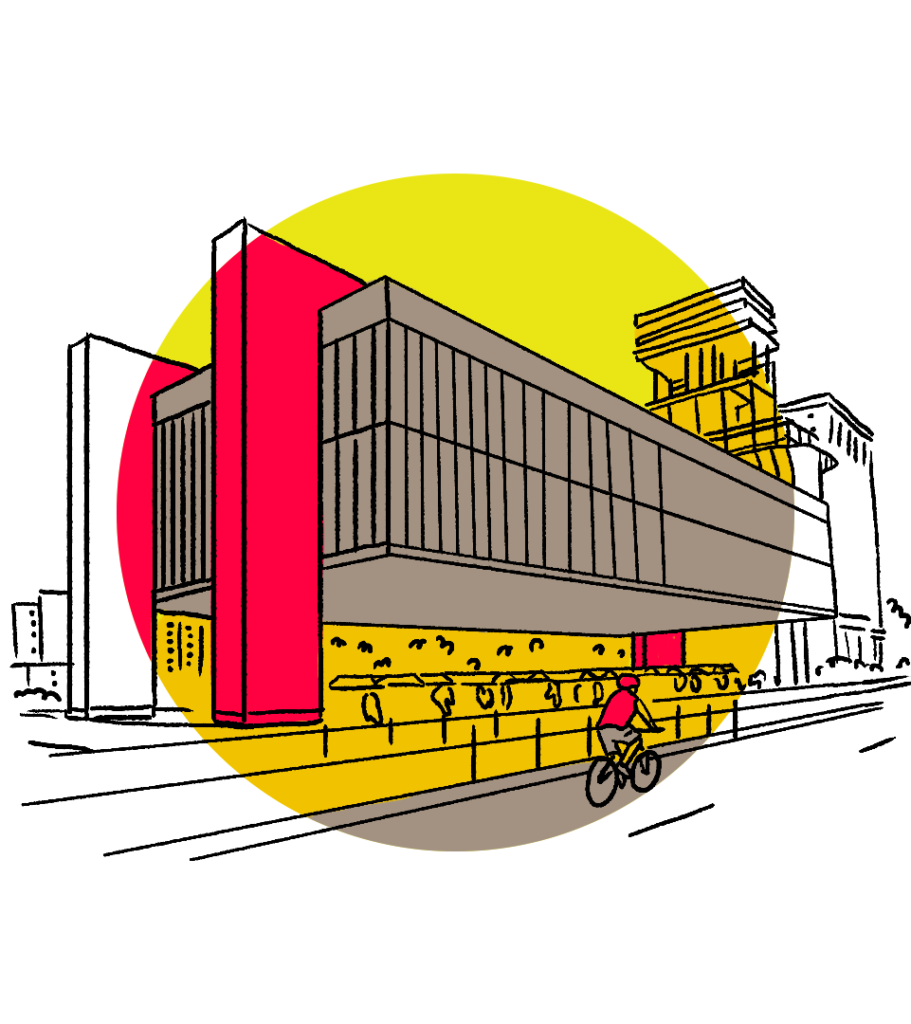Africa’s cultural renaissance provides huge economic and social benefits that must not be lost in the pandemic. The region’s first dedicated finance and support facility for the creative industries is evaluating transformative solutions.
In the first 20 years of the 21st century, the increasing visibility of cultural and creative industries in cities across Africa has been emblematic of the African renaissance – characterised by the growth of per capita and household incomes, aggressive transformation of urban spaces, rapid adoption of digital communication, growing diaspora remittances and increased foreign direct investments. Most of all, this included a growing sense of self-esteem, and vastly increased and globally consumed cultural expression through music, film, gaming, fashion and contemporary art, along with other cultural products and experiences driven by the dynamism and innovation of its citizens.
The renowned Cameroonian philosopher Achille Mbebe, in his paper Africa in The New Century, says that this renaissance process ‘has been rendered even more powerful by its convergence with two parallel developments. The first is the emergence of the digital technologies of the information age, and the second is the financialisation of the economy.’ Across the continent, creative individuals continue to leverage their cultural assets and knowledge – in design, language inventories, music styles and poetry, traditional crafting, healing and wellness practices, food preparation and cuisines, visual languages, and storytelling – to break the glass ceiling, and to make their mark in the continent and around the world.
Countless founders in cities across the continent make up a galaxy of interconnected enterprises, ventures, gigs and hustles that we refer to as the creative and cultural industries
Countless founders in cities across the continent make up a galaxy of interconnected enterprises, ventures, gigs and hustles, which we refer to as the creative and cultural industries. These in turn provide livelihoods and personal fulfillment to millions more, while defining contemporary urban lifestyles as they serve their fellow citizens at home and abroad.
The surge has also attracted cautious institutional interest, with early commitments coming from, among others, the Central Bank of Nigeria’s Creative Industry Finance Initiative for fashion, film, ICT and music; the African Development Bank’s fashion investment programme; Afreximbank’s creative industry facility; and the investment facilities for film, music, gaming and fashion of East Africa’s HEVA Fund, to highlight a few. These initiatives are signalling an increasing confidence in the cultural and creative industries, providing the information necessary for commercial investment and positive action from governments.

At HEVA, for example, our Cultural Heritage Seed Fund has invested in projects as varied and vital as Paukwa House, a storytelling firm created to infuse Kenyan national narratives with positive fact-based stories, and Harriet Ng’ok, a herbalist working to generate and share knowledge on the cultural significance and use of herbal medicine. Our Young Women in Creative Industries Fund has helped women-owned and women-led early-stage creative enterprises in Kenya to expand production and distribution, build e-commerce platforms, buy equipment and build their teams.
It is important to consider that while the creative industries are materialised by market dynamics, they are at the same time providing a transcendental service for their audiences and communities. Despite the tension between artistic practice and commercial values, creative services continue to reward their audiences with subjective payoffs, which include but are not limited to reassurance, confidence, positive emotions, an evolving aesthetic of self-ownership, and in this case, a vibrant discourse in decolonisation. These extraordinary qualities are especially important during a crisis, greatly contributing to the industries’ own resilience.
Seizing the moment
As we enter the third decade of the 21st century, we are confronted by the deep shocks and disruptions triggered by the COVID-19 crisis, which has not only slowed us down but also provoked critical questions to any ‘business as usual’ posture – questions that we have to address in order to advance the African cultural and creative moment.

To seize this understanding, we must quickly move from needing to be convinced of the viability of the creative industries in Africa to accepting that the African renaissance opportunity not only constitutes an investment in the individual artists to animate their mandates in society today (and by extension their enterprises), but a pay-forward scheme for those who want to be co-producing the realities of the second most populous and youngest continent now and over the course of the 21st century.
It seems to me that the next four years will represent one of the most consequential periods in the recent history of the cultural and creative industries in Africa. In the next year, because of the pandemic, we are bound to witness increased pressure on (and disruption of) practices, business models, supply chains and delivery of creative goods and services. This, if left to proceed uninterrupted, will unfortunately lead to the bankruptcy and closure of many businesses and severe job losses.

However, with the necessary investment, business support and innovation, the more agile propositions will survive and will embark on a slow recovery: questioning old norms; looking to understand the post-COVID-19 reality through experimentation and research; stabilising operations; and reinventing new positions. Only then can these entities find new growth, adopt new technologies and discover the benefits of the new ways of living and working.
The time is now
Having waived fees and charges to help increase the resilience of our portfolio businesses early in the pandemic, HEVA Fund received additional, more frantic requests for cashflow support related to the economic effects of COVID-19. These requests, adding up to over US$500,000, were primarily seeking to preserve over 1,000 jobs, in a limited time period through the end of August 2020. While we are exploring strategies to meet some of these needs in the short term, this stark reality is indicative of the pressure cultural and creative businesses are experiencing as a result of the pandemic.

While considering a response, it is imperative that we fashion a transformational finance and support facility that will not only provide a lifeline for the ventures to survive the current crisis until their next business cycle, but also encourage the transformation of these industries, in order to set them up for future growth.
This facility should take into consideration recalibrated timelines for slow recovery through responsive models, to allow practitioners space to recover and reinvent. It should encourage ownership of production and distribution platforms, growth and integration of ecosystems to reduce risk, and learning to help increase value and productivity. In addition to these business outcomes, the facility should also consider laying ground for increased access to social protections, such as housing, healthcare and production infrastructure investments.
Achile Mbembe is convinced of the forward motion of the African arts project, ‘Whether one likes it or not, Africa is firmly writing itself within a new, de-centred but global, history of the arts’. According to Achile, ‘the emerging consensus is that the destiny of our planet will be played out, to a large extent, in Africa. This…will constitute the main cultural and philosophical event of the 21st century’.
Read the HEVA Fund report on the impact of COVID-19 on the creative economy of Kenya.








